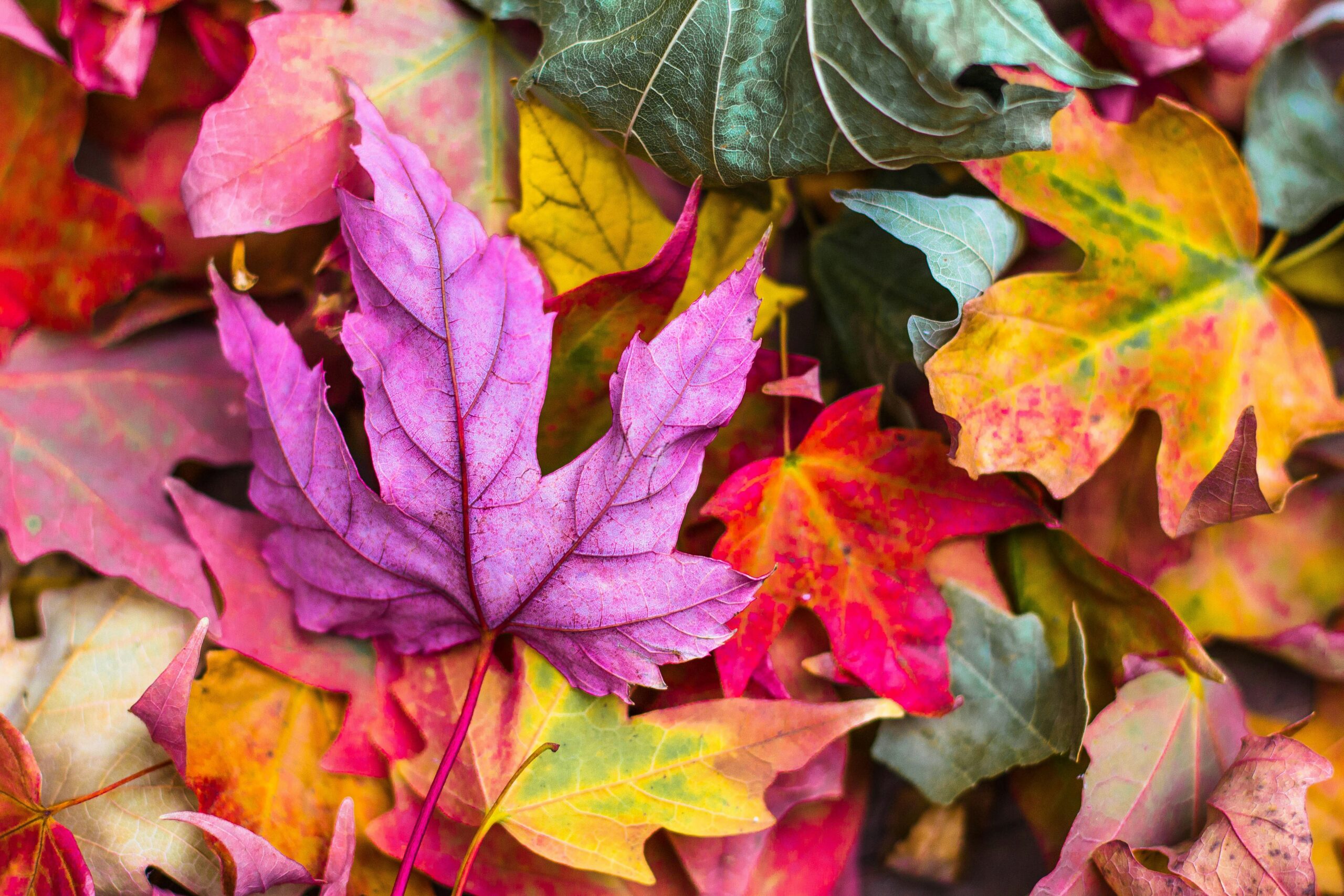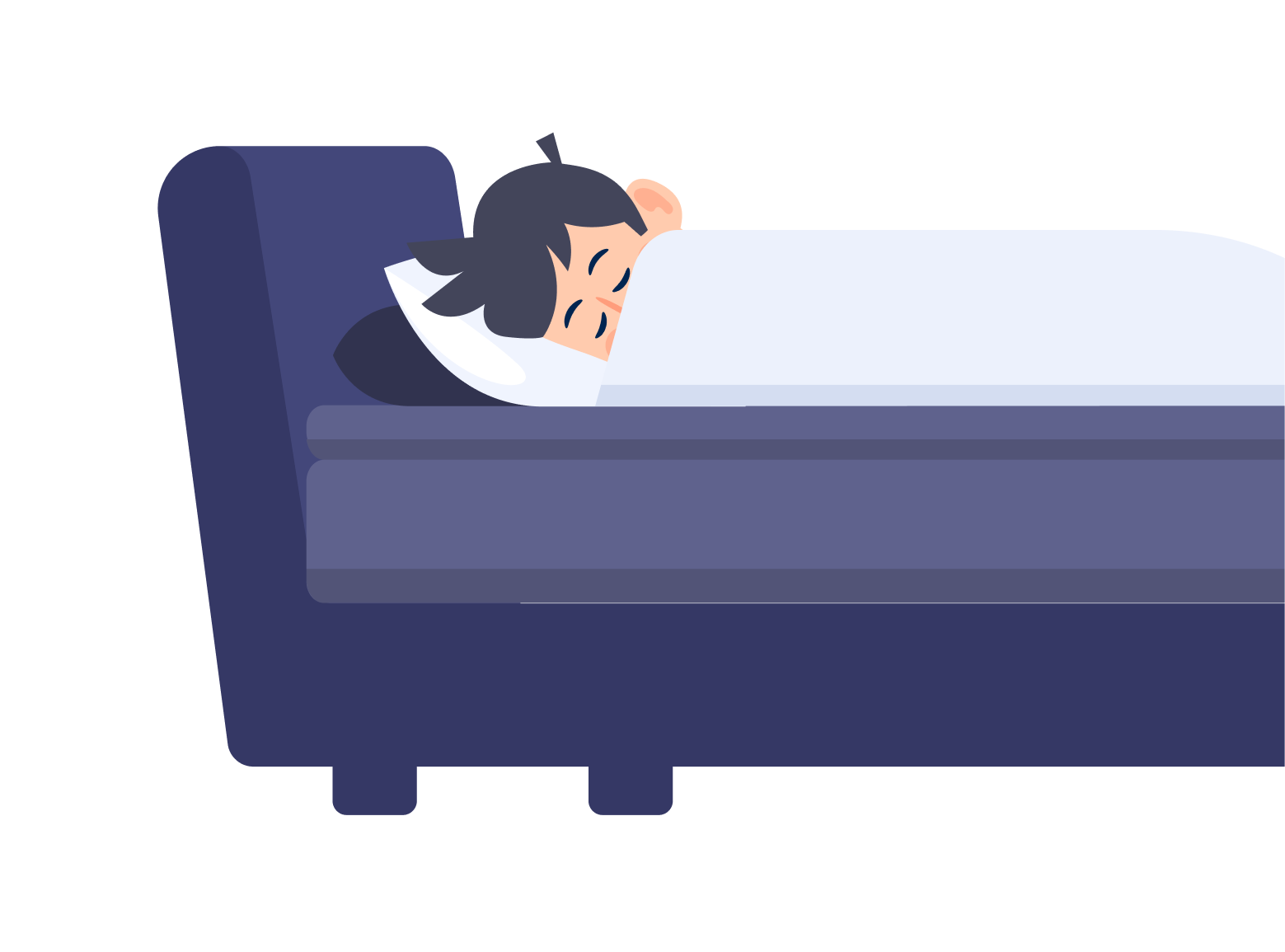Do you dream in black and white or in vivid color? For decades, this simple question has hooked psychologists, filmmakers, and anyone who’s woken up with a scene stained in neon blue — or rinsed in grayscale like an old movie. The answer is both poetic and practical: your brain picks the palette that best tells the emotional story of your night.
Want to map your dream colors over time and see what they mean? Try Dreamly, the AI dream journal on Android and iOS.
Black & White vs. Color Dreams: What’s the Difference?
Color isn’t decoration; it’s emotional data. When a dream shows up in color, hues can heighten the mood, warn you about a boundary, or spotlight what matters — like a red door you can’t stop staring at. Black-and-white dreams feel timeless and distilled, as if your mind stripped away distractions so you could focus on contrast, shape, and message. Neither is “better.” Color paints feeling; monochrome carves out clarity.
The Psychology: Your Brain as a Director of Mood
At night, your mind directs both plot and lighting. Warm tones often lean toward urgency, desire, or conflict; cooler tones suggest reflection or distance. When life feels chaotic, many people unconsciously “lower the saturation,” letting black and white deliver a clear message. In periods of exploration and newness, color blooms. The palette is your inner editor.
The Neuroscience (Without the Jargon)
Color in dreams likely reflects how your visual and emotional systems sync during REM sleep. The same pathways that process color by day can light up at night, especially when feelings run strong. What you’ve watched, the lighting in your bedroom, recent memories, and your personal symbolism all nudge the dream’s color grade. A fun aside: people who grew up with lots of black-and-white media often report more monochrome dreams — culture paints the brain’s nighttime scenes.
When a Dream Chooses Black and White
Monochrome dreams often carry a decisive tone. Scenes are pared back, almost archival, as though you’re revisiting a file your psyche wants to re-open. The stark contrast can mirror a yes/no crossroads, a moment that asks for moral clarity, or a truth you’re finally willing to see.
When a Dream Bursts Into Color
Color turns the volume up on feeling. Hyper-saturated scenes can signal passion, fear, or delight. Sometimes a single hue takes center stage — a yellow bird for hope and freedom, a red light for boundaries. Soft pastels tend to arrive with healing and gentle beginnings. Notice which shade you remember first on waking; that’s usually the headline.

Stories We See Again and Again
A grayscale city with one bright object often points to a life on autopilot pierced by a single intention or relationship that needs your focus. When color drains mid-dream, it can mark a shift from feeling to analysis — a protective move — while color returning after a decision frequently hints at relief and renewed energy. Sometimes people appear in monochrome while the world is vibrant, which can say something about social masks versus your most authentic environment.
Culture, Memory, and the Palette of Your Past
Dreams remix what you consume. Noir films, graphic novels, neon games, nature docs — they all seed your visual library. If you’ve been binging monochrome aesthetics, don’t be surprised when your dreams echo them. Your psyche is a brilliant sampler.
How to Work With Your Dream Palette
On waking, jot down the first color you remember — first impressions are honest. Pair color with mood in a short phrase: “calm + blue ocean,” “urgent + red hallway,” “resolved + gray sunrise.” Give it a month and scan for patterns. Do certain hues cluster around particular people or decisions? If a color keeps returning, ask it a question: what is it defending, simplifying, or inviting?
Dreamly makes this simple: log a dream, note the palette, tag emotions, and let AI surface color–emotion trends you might miss.
Black-and-White or Color: The Takeaway
Your dreams aren’t randomly tinted. They are intentionally toned stories about how you feel, what you need, and where you’re headed. Black and white sharpens the message; color deepens the music. Both point you toward clarity.
Conclusion
So, do you dream in black and white or in color? Either way, your mind is speaking fluently. Learn its language and you’ll turn nightly atmospheres into daylight wisdom.
Start decoding your dream palette with Dreamly on Android and iOS — and watch your nights paint clearer days.








